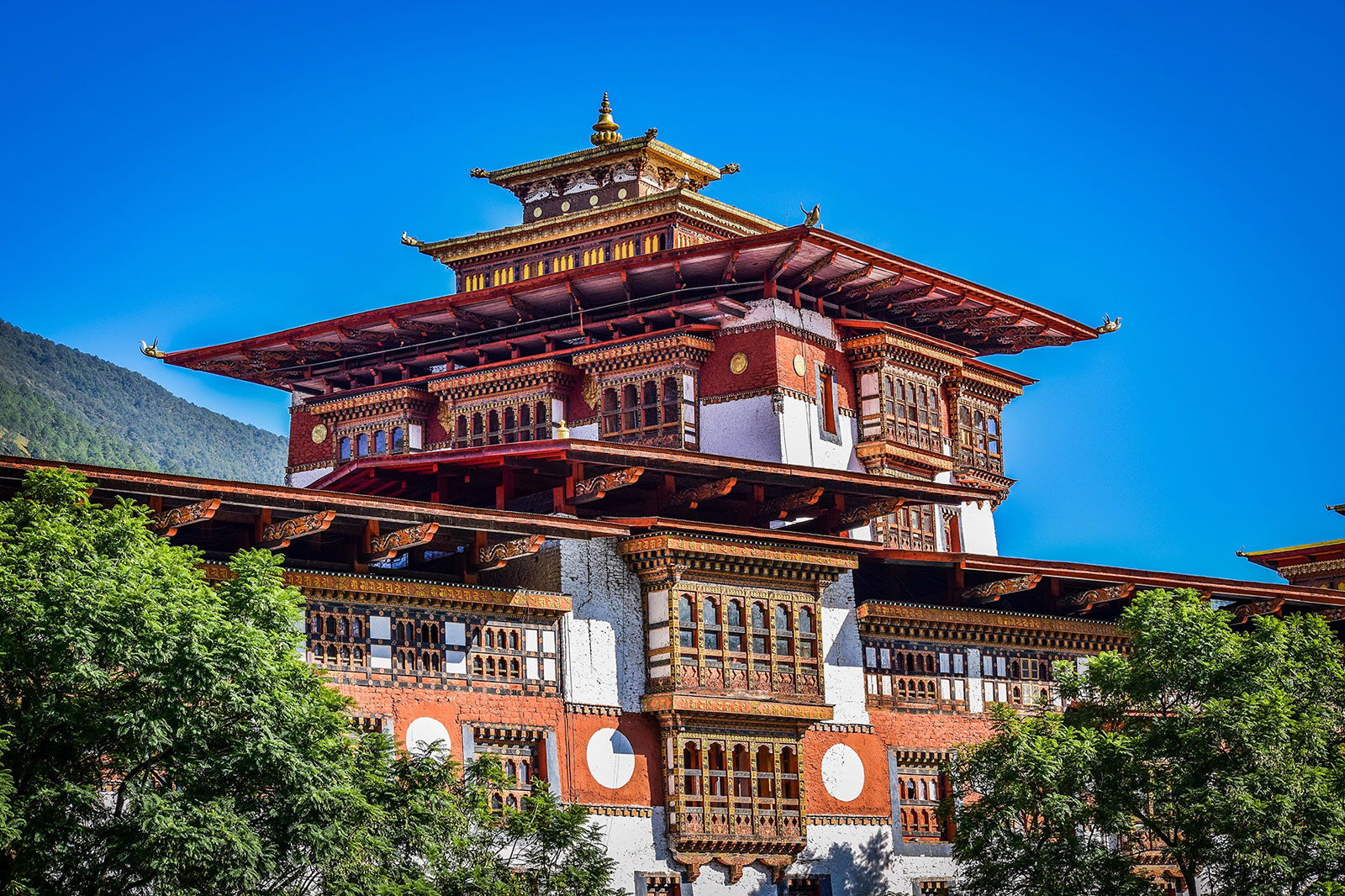When Bhutan embarked on democracy, the international media posed a common question“Has Bhutanese media played a significant role in preparing Bhutan for its transition to democracy?”
The general answer was that perhaps media could have done more to prepare citizens for the historic shift.
Political change was already underway, with local government structures instituted in the ‘80s and the ‘90s. At the national level, key changes occurred in 1998, when all executive powers were devolved from the throne to a group of ministers elected by the National Assembly.
The years that followed saw the Constitution being drafted and taken around the country for discussions with the public.
Today, in the fourth year of our transition to a parliamentary system of governance, and about a year short of the second general election, not many seem to know or understand about the new political system.
The GNH 2010 survey results show that, in the area of governance, 62 percent of respondents, of the more than 7,000 interviewed, have poor knowledge and understanding of the Constitution.
While it would be unrealistic to expect everyone to know and understand the Constitution, such a scenario does not exist in mature democracies; 62 percent is quite a high number.
The survey results go on to say that an even higher number of respondents, 64 percent, have poor knowledge of the difference between the national council and national assembly. Almost 59 percent said they had poor knowledge and understanding of the roles and responsibilities of parliament members (MPs).
More females had poor knowledge and understanding of the constitution, legislative bodies, and the roles and responsibilities of MPs, and the lack of knowledge and understanding was also more prominent in rural Bhutan.
What do these figures say about democracy in Bhutan?
While other indicators, such as the number of media houses that have sprouted in the past few years, are quoted to demonstrate that democracy is not only taking root but flourishing, the survey results presents a different picture.
Whether it is the local or the national elections, one common image is long lines of women with children on their back casting their ballot. Yet this crucial section of society now admits it has poor knowledge of how the new political system ticks.
On what basis then are votes, most of which are in rural Bhutan, cast, if the majority does not understand the roles and responsibilities of members of parliament?
It only means that there is still a lot of groundwork to be done, because for now the participation of the people in the democratic process is not going beyond the ballot.









